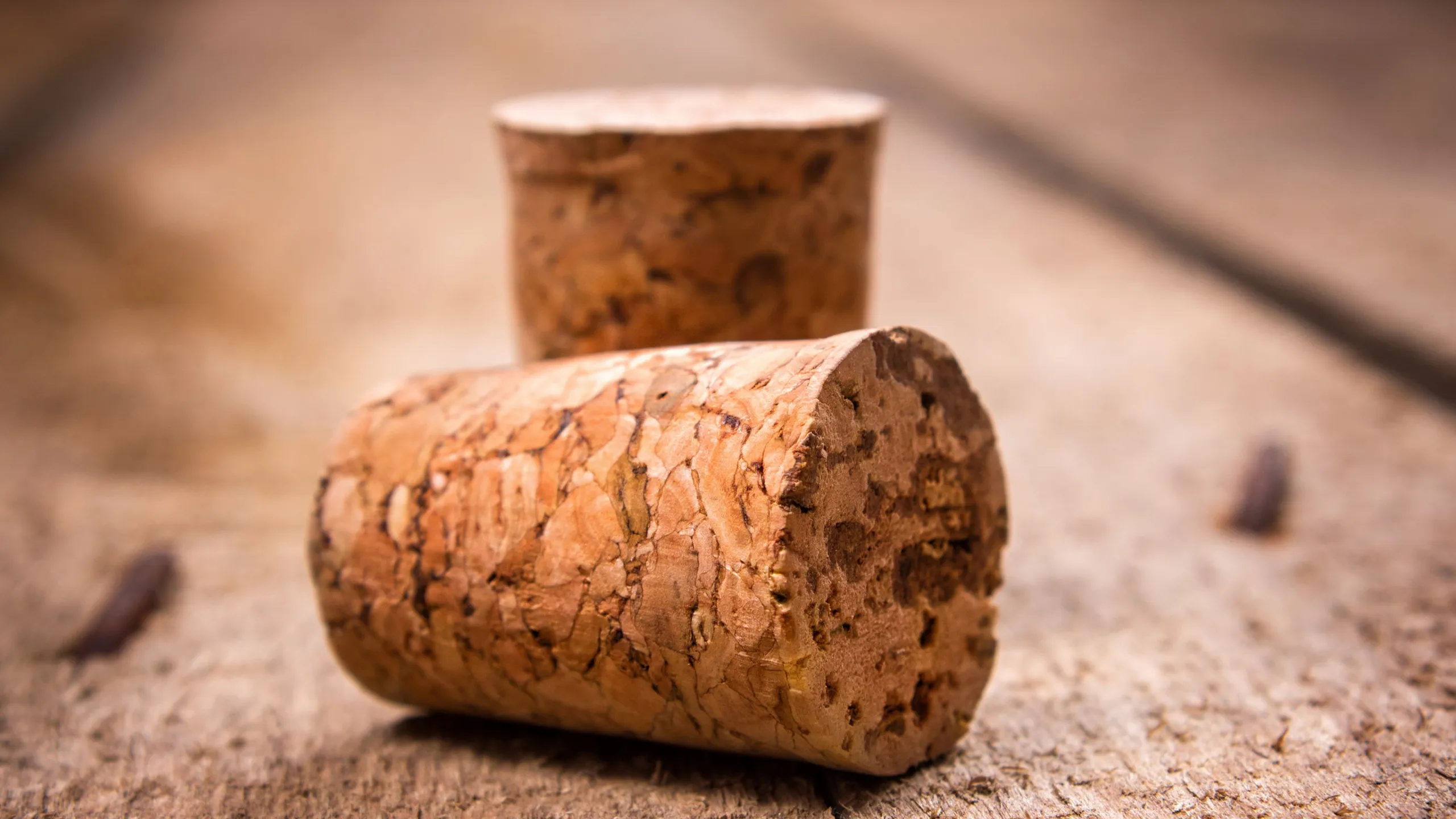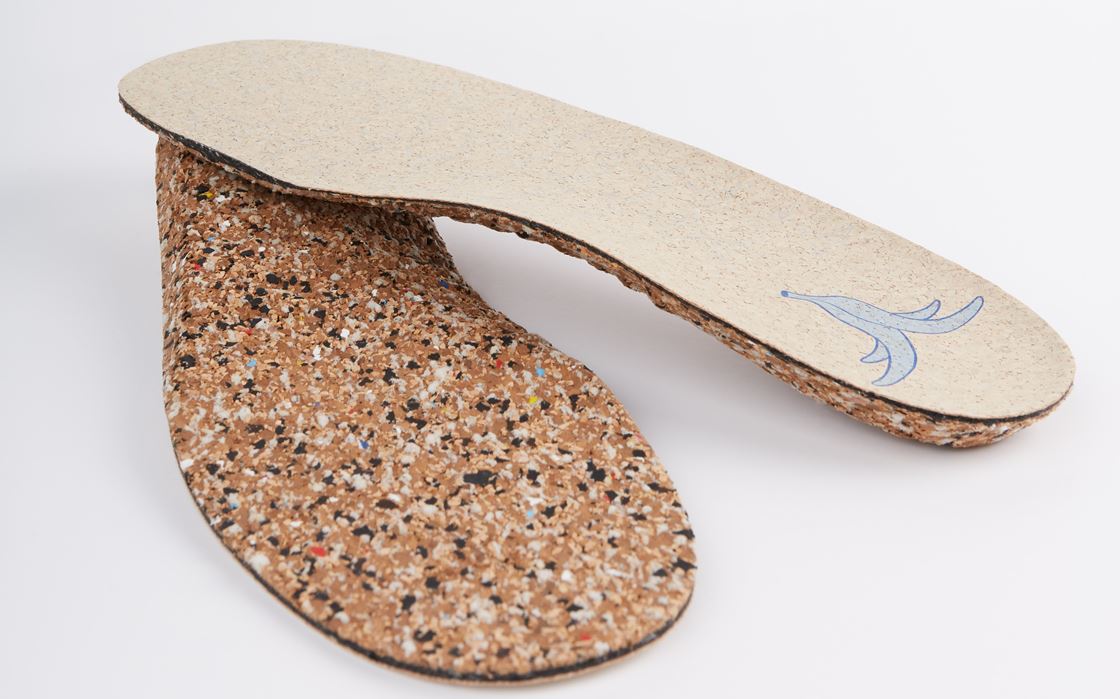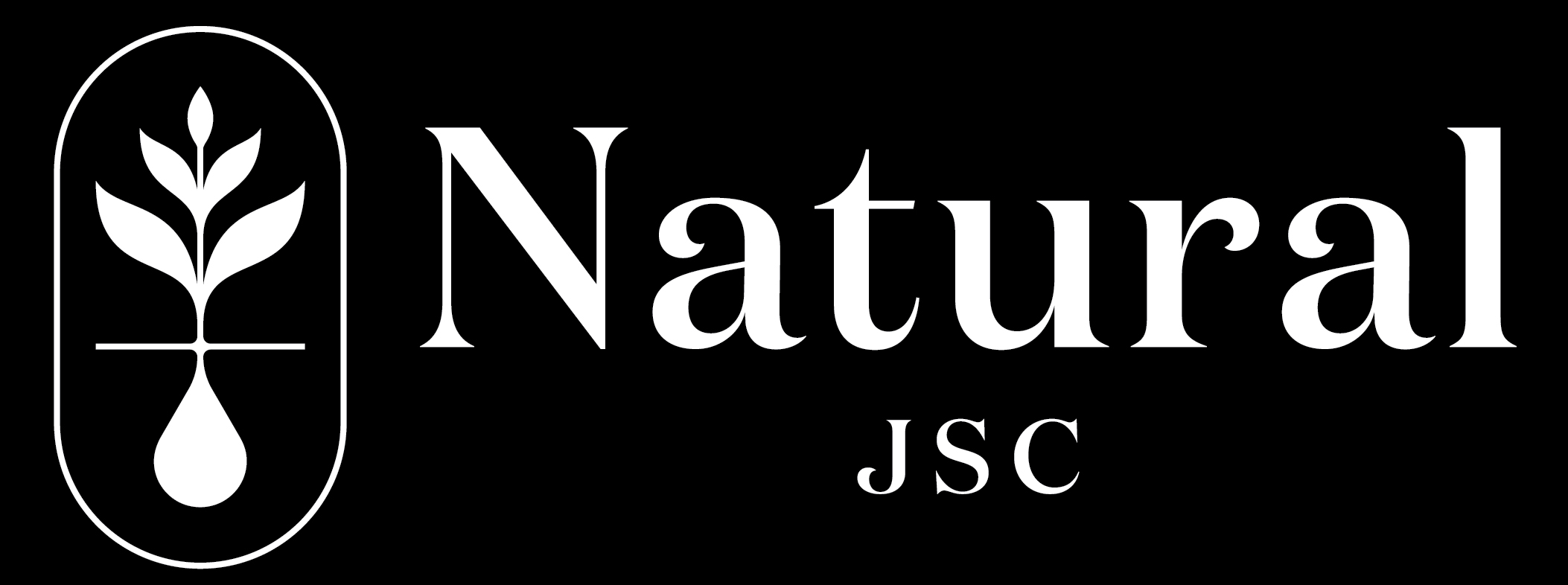In recent years, environmental issues have become increasingly urgent. For this reason, alongside campaigns to protect ecosystems, eco-friendly and sustainable materials have gradually been introduced for widespread use around the world, with cork and especially cork products standing out as one of the most prominent.
Discover cork

Cork is a material originating in the Mediterranean region, harvested from the bark of cork oak trees (Quercus suber) that thrive there. Thanks to its cellular structure composed of air-filled cells, cork possesses a network of hollow spaces that make it lightweight, elastic, fire-resistant, and waterproof. Being a natural and eco-friendly material, cork is widely used in the production of various eco-friendly products. Today, cork products can be found all over the world.
What makes cork a top sustainable resource?
Supporting ecological diversity
Cork forests are home to countless species, from insects, birds, and small animals to highly endangered species like the Iberian lynx and Barbary macaque. Cork forests not only add greenery to the Earth but also contribute to building and maintaining ecological diversity while promoting biodiversity.
Protective barrier
The Mediterranean region has been facing desertification for a long time. However, thanks to the ability of cork oak trees to absorb rainwater and release it into the soil, soil erosion and flooding have been significantly reduced. In addition, cork oak trees can also help replenish groundwater reserves and regulate water quality.
Renewable Resource
The cork oak possesses remarkable regenerative capabilities. This tree naturally produces living cells to form a new layer of bark that accumulates on its trunk. In other words, if harvested correctly, the cork oak tree will not die, and a new layer of bark will form after 9-12 years. Because it does not harm the tree and ensures regular harvesting, cork is recognized as the most common renewable and sustainable resource today.
Low environmental impact
Unlike the extraction of fossil resources or the manufacture of plastic products, the cork processing procedure is relatively simple, uncomplicated, and does not require too many steps. This helps to maximize the saving of energy resources and at the same time completely limit the use of chemicals in the production process.
Furthermore, this material also scores points for its high reusability. Instead of using resources to create a new product, we can recycle cork products to minimize waste in the environment. For example, grinding cork products into small pieces and using them as insulation material, or simply as a soil conditioner to provide nutrients for the soil.
Isolating carbon
One of the most outstanding, environmentally friendly characteristics of cork is its ability to isolate carbon, the main greenhouse gas causing climate change. Cork contains a high amount of suberin wax, an agent that helps naturally isolate carbon. As a result, cork acts like a natural air purifier, keeping carbon dioxide out of the atmosphere and giving us clean, fresh air.
Applications of cork in everyday life
With so many advantages, it’s no surprise that businesses use cork to create a wide range of products, such as:
Cork fabric
After harvesting, cork is dried, sliced into thin pieces, and undergoes several processing steps to create cork fabric. Cork fabric possesses all the properties of cork material, from water resistance, thermal insulation, and fire resistance to high durability, allowing for long-term use without worrying about wear and tear. More notably, this fabric is relatively lightweight and soft. Perhaps because of this, cork fabric is often used in the production of handbags, clothing, and children’s toys. It is also the material used to create countless high-quality interior designs such as curtains, floor coverings, sofa upholstery, etc.
Shoe soles
In addition to being used in clothing, cork is also utilized in shoe insoles and soles due to its ability to conform to the natural contours of the foot, thereby enhancing comfort for the wearer. Thanks to its high elasticity and excellent impact resistance, cork-soled athletic shoes help minimize pressure on the feet and can absorb shock to a considerable extent..

Construction material
When discussing the most prominent and common applications of cork, we cannot overlook the construction industry. With its fire-resistant and waterproof properties, it is no surprise that cork is chosen as insulation material for roofs, interior and exterior walls, or combined with plywood and lime to enhance the structural integrity of these materials.
Derived from wood (oak bark), cork carries a rustic, natural beauty that is no less unique. Therefore, cork is also an excellent choice for wall paneling or furniture production. This helps make home designs more environmentally friendly and contributes to reducing non-biodegradable waste such as cement.
Conclusion
There are few eco-friendly products that surpass cork products in the benefits they bring to human life and the environment. More accurately, cork is like a precious gem. This sustainable material guides you to immerse yourself in nature while ensuring safety and quality of life for you and your loved ones.
